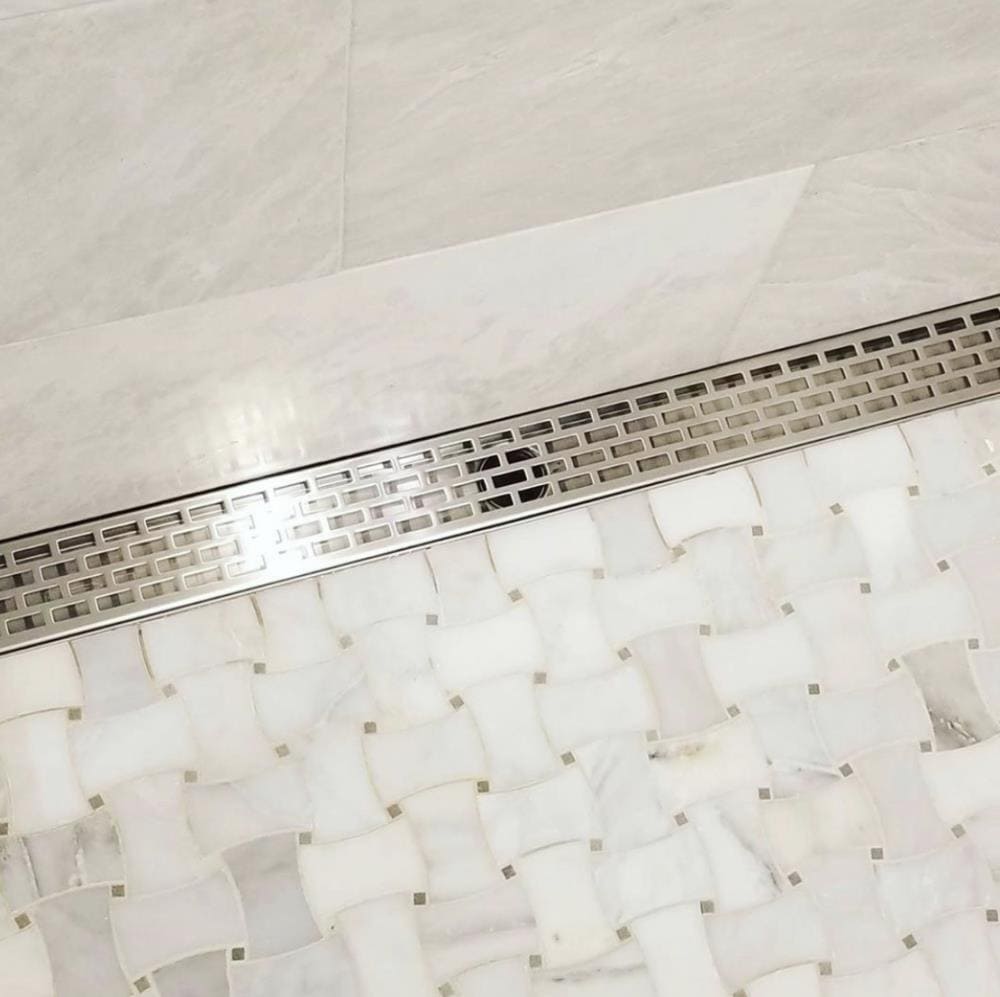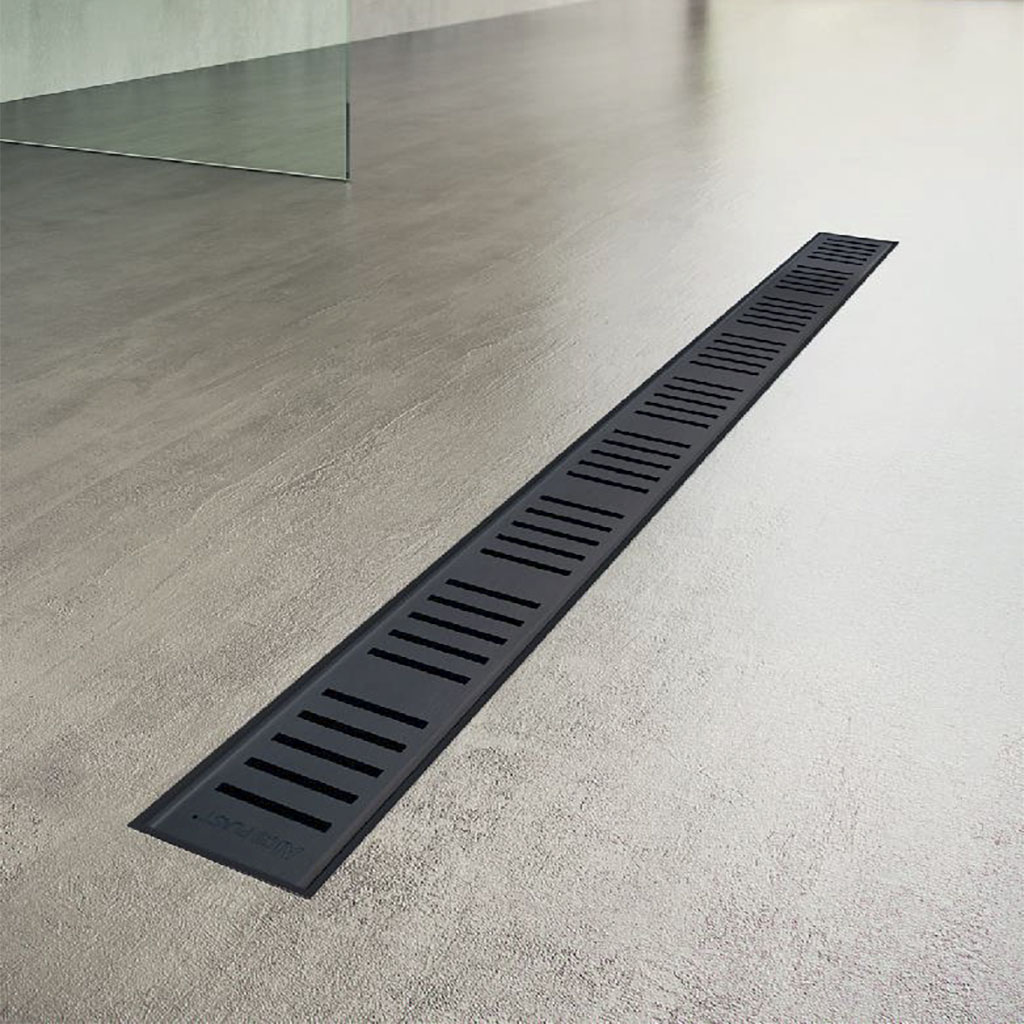Embarking On-Starting-Beginning Your DIY-Do-It-Yourself-Self-Installed Shower Drain-Bathroom Drain-Drainage System Installation-Setup-Project
Embarking On-Starting-Beginning Your DIY-Do-It-Yourself-Self-Installed Shower Drain-Bathroom Drain-Drainage System Installation-Setup-Project
Blog Article
The article below relating to How to Install a Shower Drain in a Basement is without a doubt insightful. Don't overlook it.

Updating a restroom is just one of the a lot more popular house renovation jobs. Taking care of the plumbing for draining your shower can be extremely straightforward unless you go overboard.
Handling Your Own Shower Drainpipe Installation Project
You can literally construct a collector for your new shower, however you actually require to think about it. Do you really wish to enter the problems of getting the sloping proper, as well as making certain every aspect of it is waterproof? As well as I imply every facet! It is a lot easier to simply acquire a pre-cast collection agency online or at your neighborhood Lowes, House Depot or equipment store. Structure one may seem like a terrific idea, however you will most likely really feel in a different way after a number of hours.
No matter how you set about obtaining a pan, you must strive to use one that has the drain situated in the very same spot as the original frying pan. Relocating the drain pipes can be a task, especially if the building contractor used a distinct framework framework. If you are established to relocate the drainpipe, you are going to have to cut back the pipe or lengthen it, which may mean ripping up large chunks of the floor. Put another way, you are going to be looking at a multiple weekend break task.
Thinking we have our drainpipe lined up, the actual hook up is fairly straightforward. The water drainage pipeline ought to be facing upright approximately the collection agency. It will often resemble a "U", which implies it works as a cleanout to maintain nasty smells from returning up from the drainpipe. To link the drain, you are mosting likely to produce a water limited connection in between a drainpipe cap on the top of the pan as well as the drainage pipeline. Equipments differ, yet you are usually going to do this by putting a coupling piece on the top of the drain pipe. This is then covered with gaskets as well as literally screwed right into the drainpipe cap. The drain cap must act as a locknut, to wit, it screws directly onto the combining.
The tricky part of this process is obtaining your drainpipe cap to match a leak-proof setting in the frying pan. This is completed by backing off the drain cap when you make sure whatever meshes. Then, you placed plumbers putty around the underside of the cap and then screw it back on. The putty ought to form a tight seal between the cap and also the shower frying pan, which maintains water from dripping under it as well as into the framing under the shower.
Clearly, washroom showers can be found in a variety of designs these days. If you acquire an enthusiast, they often come with plumbing guidelines or the store can keep in mind anything uncommon you should recognize. It seems intricate, however is generally rather simple. Enjoy!
Whether you are a bathtub or shower individual, the majority of people seek shower only choices when buying a home. This straightforward fact implies greater than a couple of house owners invest a weekend break updating or installing showers in their shower rooms. Fortunately for you, it is a fairly basic procedure.
An enthusiast or pan refers to the horizontal surface located at the end of the shower. The enthusiast commonly consists of a non-slip surface slightly banked towards the center or wherever the drain is located. Combined with 3 to 4 inch wall surfaces around the side, the objective of your shower drain plumbing is to obtain the water to stream to and down the drain.
Tips for Installing a Shower Drain Assembly
Renovating a bathroom can be exciting as well as fulfilling if you’re tackling the job DIY-style. After you cross off the bigger decisions such as tile style, paint colors, and fixtures, you’ll need to finalize smaller details – such as the shower drain. In this article, we’re sharing some tips for selecting and installing the right drain assembly for your updated shower.
What is a shower drain assembly?
Shower bases or pans typically only come with a pre-drilled drain hole. Since the pan slopes toward the drain, you should consider the placement – left, center, or right – when designing your shower. You’ll need to purchase and install a shower drain assembly that connects the shower pan to the drain pipe underneath the shower. There are a few types of assemblies, which will be covered below.
Size of a shower drain
When it comes to installing drains, size matters. The recommended pipe size for a shower drain is 2 inches, whereas most tubs use 1.5-inch pipes. Why the difference?
Shower pans are shallower than tubs, so there’s a higher risk for overflow. So, the larger pipe allows for quicker draining. If you are replacing an old tub with a newer stand-up shower, you will need to make additional plumbing adjustments to accommodate the 2-inch pipe.
Types of shower drain assemblies
There are three common types of shower drain assemblies: compression shower drain, solvent-glue shower drain, and tile shower drain. The layout, design, and materials of your shower can determine which type of shower drain assembly will work best.
Compression shower drain
This type of assembly attaches to the drain pipe with compression washers and nuts. The drain fitting is typically installed into the base, and then the base is installed into the bathroom floor. This makes compression-style drains easier to install than other options, particularly if you don’t have easy access from the floor under the shower base. Drains are available in a wide range of materials such as PVC (polyvinyl chloride), ABS (Acrylonitrile Butadiene Styrene), and brass, and can be used for acrylic, fiberglass, and steel shower bases.
Solvent-glued shower drain
Made of either polyvinyl or ABS, this type of shower drain is sealed to the drain pipe with solvent glue and silicone. Since you’ll be working underneath the drain pan, we only recommend using this type of drain if you have access under the shower, such as from a basement or crawlspace. It’s also important that you match the type of plastic of the drain with the drainpipe. If you take these precautions, you can install a solvent-glued drain assembly with acrylic, fiberglass, and steel shower bases.
Tile shower drain –
Drain assemblies for custom tile showers feature a waterproof membrane liner placed between two flanges. The tile is installed on top of the liner, collecting any water that seeps through the porous grout. A metal strainer is installed in line with the tile over the drain.
https://www.epshawaii.com/blog/tips-for-installing-a-shower-drain-assembly/

Do you enjoy reading up on How to Install or Replace a Shower Drain? Try leaving a remark directly below. We will be interested to listen to your ideas about this blog post. We hope to see you back again later on. Sharing is good. You never know, you may be doing someone a favor. I thank you for reading our article about Easy Shower Drain Installation Tips.
Report this page